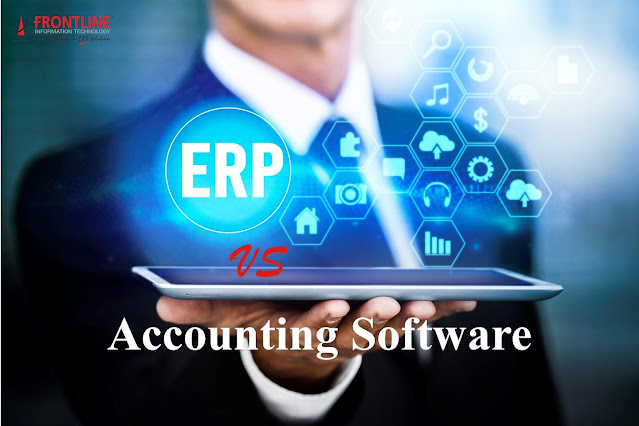What exactly is Business Process Management?
It’s
unlikely that someone would go on a long journey without first procuring a map
and planning their route. People have an easy time visualizing a destination
when planning their route but don’t understand the pitfalls that lie in the
journey. Business process management is the road map to the destination of a
successful ERP implementation. Like all road maps, there are multiple
routes to consider. Within an ERP implementation there are various levels of
business process management to consider as you design your new system:
Business
Process Management (BPM) – Business
process management is a holistic approach used to evaluate, improve and align
business processes to an organization’s overall goals and strategy. It enables
businesses to be more efficient and flexible to change.
Business
Process Improvement (BPI) – There are
a variety of approaches within business process management; the first being
business process improvement. In this approach, it’s important to examine the
key processes within an organization that are competitive differentiation. Six
Sigma methodologies are used as a backbone to evaluate and improve key business
processes. First, organizations identify the current state and primary key
performance indicators to measure success. Next, organizations determine root
cause, validate root cause and improve processes to optimize ultimate
efficiency. Finally, organizations put a control plan in place to monitor the
ongoing process and ensure checks are put in place to trigger appropriate
responses if key metrics fall out of control.
Business
Process Re engineering (BPR) – Business
process re engineering identifies the current process but requires a more
radical change. It is used when current processes can’t be improved with minor
changes but need to be redesigned from scratch, creating a new process from
start to finish.
Business
Process Optimization (BPO) – Optimization
looks at all of the existing processes within the business and seeks to improve them to reduce the company’s overall cost to
produce. Before you place software atop a process, you want to ensure the
process is operating at maximum efficiency, because when you automate an
inefficient process, you only make an inefficient process faster. This is why
BPM is so essential to an ERP implementation.
Today’s ERP systems are
very flexible. There are multiple – sometimes even hundreds – of different ways
ERP software may accommodate your business needs. Understanding your desired
state prior to implementation activities will save time later in the process
and reduce the risk of choosing the wrong configuration. It tells the ERP
vendor how you want your processes designed so they can select the
configuration that accurately aligns with those processes. It also gives you
knowledge of what processes may require customization and an understanding of
additional costs you may incur for it. Choosing the right level of business process
management is critical to designing a road map for your ERP implementation.
Having
a road map in place is a smart way to avoid the common pitfalls associated with
getting lost along the way.




Comments
Post a Comment